Anti-ship ballistic missile DF-21D (China)
It should be noted that the Chinese DF-21D, contrary to some assertions, is not the world's first ballistic RCC - similar products were developed and tested in the Soviet Union in the sixties and seventies of the last century. Nevertheless, according to a number of sources, the Chinese rocket managed to become the first weapon of its class, which managed to reach mass production and adoption. This fact is a cause for concern of foreign military analysts. In addition, the DF-21D rocket is considered potentially dangerous by many representatives of the military departments of foreign countries.
Unfortunately, China does not seek to disclose the details of its bold projects, which is why the overall picture has to be made up of fragmentary information that is not always complete, and sometimes can even contradict each other. Nevertheless, the available data allow us to approximately provide history project DF-21D and make some assumptions about the technical features of the new rocket.
According to known data, the anti-ship ballistic missile DF-21D is a further development of the products of the Dongfeng-21 family. Approximately at the beginning of the seventies, the Chinese command proposed to refine the existing project of a medium-range missile for the Juylan-1 (JL-1) submarines in order to create similar land-based weapons. The result was the emergence of the Dongfeng 21 project (East Wind 21). In the mid-eighties, Chinese experts began testing new missiles.
It is known that in the framework of the DF-21 program, by the middle of the two thousandth, at least three missiles with different characteristics were developed. DF-21, DF-21A and DF-21C products are intended for attacking enemy fixed objects at ranges up to 2500-2700 km. Missiles are transported and launched using self-propelled launchers based on high-capacity wheeled chassis. There is information about the deployment of such weapons on various missile bases in China.
In the late nineties or early 2000s, work began on a new family project, known as DF-21D. A characteristic feature of this development, which distinguishes it from its predecessors, is an unusual purpose. The new missile was proposed for attacking mobile surface targets, such as aircraft carriers and other large warships. Information about the possible beginning of the test of ballistic RCC refers to 2005-2006 years. At the same time, as often happens with new Chinese projects, the official Beijing did not comment in any way on the data of foreign sources about the beginning of such works.
To date, the existence of a promising anti-ship missile DF-21D is no longer a secret and is confirmed by official Chinese sources. In addition, according to American intelligence officers, already in 2010, the Chinese armed forces began to develop such systems. Quite expectedly, such information led to the beginning of a mass of disputes at different levels. They discussed both the plausibility of information on the creation of a ballistic PKR, and the prospects of such a project from the point of view of international politics and the strategic situation on the seas.
Let's try to collect all the available information about the DF-21D rocket and determine its main features. Until a certain time, a new type of rocket was not shown publicly. Because of this, most of the estimates and assumptions about it were based on the thesis of the possible similarity of the DF-21C and DF-21D missiles. In early September, 2015, a parade took place dedicated to the 70 anniversary of the end of the Second World War. During this event, the Chinese army for the first time showed a new ballistic anti-ship missile. As it turned out, the two systems are really similar in appearance, but all their differences, for obvious reasons, are hidden from observers.
The main element of the DF-21D missile system is a special five-axle chassis on which the transport and launch container of the rocket is transported. The use of a self-propelled chassis allows you to transfer missiles to the desired area and launch from the minimum distance from the target. After arriving at the position, the container of the rocket is proposed to be raised to a vertical position, while simultaneously dropping its head cover. The appearance of the container suggests that the launch is carried out according to the method of so-called. cold start, in which the rocket is pushed out of the TPC using a powder charge, creating the necessary pressure.
It is known that the Dongfeng-21 family of rockets are built according to a two-stage scheme and get solid propellant engines. According to some reports, the new product DF-21D was no exception to this pattern. As in the case of the predecessors, the anti-ship missile must be dispersed in the active section with the help of two engines, working alternately. After the completion of the second stage engine, the head section must be separated, equipped with its own guidance systems and carrying warhead.
According to various estimates, the DF-21D rocket has a length of the order of 10-12 m and a diameter of about 1,5 m. The launch weight is estimated at 14-16 t. In foreign sources there are approximate data on the range of a similar product. It is alleged that it is able to attack surface targets at a distance from 100 to 1450 km. This is noticeably less than that of other missiles of the family, some of which are capable of hitting objects at a distance of at least 2500 km. Apparently, a shorter flight range indicates the use of a more complex warhead with relatively large and heavy guidance tools, which affected the available volumes to accommodate the engine fuel.
There is still no reliable information about target designation systems, target search and targeting systems used by the DF-21D rocket. Various versions are offered, some of which are confirmed in the form of certain facts, but official Beijing is still not in a hurry to confirm or deny the speculations of foreign experts. As a result, the principles of missile guidance remain unknown and continue to be the subject of numerous disputes.
In the context of the Chinese ballistic RCC project, it is necessary to once again recall similar Soviet developments. It is known that the P-27K rocket was supposed to carry a passive radar homing head. When moving along a ballistic trajectory after the completion of the active part of the flight, the rocket automatics had to receive the signals of the electronic systems of the target ship and calculate the trajectory required for its defeat. Then, with the help of its own engine, the second stage of the rocket had to correct the course, reach the desired trajectory and literally fall to the lead point, hitting the target.
A later Soviet project of a similar weapon called the P-33 implied the use of a passive-active radar seeker capable of receiving signals from a target or searching for it on its own. In this case, the course correction was to occur not only in the transatmospheric part of the trajectory, but also on its downward part, after entering the atmosphere. It should be noted that in the course of the research, serious drawbacks of this method of guidance were identified. It was required to create a durable and heat-resistant radiotransparent head fairing of the rocket. In addition, when a product was moving at high speed, a plasma sheath should be formed around it, making it difficult for the GOS to work. Until the termination of work on the project P-33, these problems have not been resolved.
What kind of guidance system is used on the DF-21D is unknown. It is noteworthy that the appearance of reliable information on this score will allow to draw certain conclusions about the development of Chinese science and technology. If it turns out that the DF-21D is equipped with a conventional inertial guidance system, it will show the lag in Chinese industry. The implementation of passive or active guidance and course correction before entering the atmosphere will indicate a repetition of the success of the P-27K project. Equipping the rocket with an active homing system that works on the downward part of the trajectory, in turn, will demonstrate the successful solution of a number of the most important design and technological problems that scientists from all leading countries have been working on for quite some time.
Thus, the existing secrecy atmosphere surrounding the DF-21D rocket hides not only the main features of the product, but also some factors that directly affect the development of Chinese rocket technology. The appearance of such data in the public domain can create a real sensation, either by reassuring foreign experts, or, conversely, by scaring them.
The most important elements of anti-ship missile systems are targeting systems. Without accurate data on the location of the target, the DF-21D rocket or other systems of a similar purpose, by definition, cannot perform an attack with at least some acceptable effectiveness. There are some assumptions and versions regarding the construction by China of systems for detecting potential enemy enemy ship groups. According to reports, over the past years, the Chinese military has been engaged in the deployment of a satellite reconnaissance system, as well as building some other ground facilities.
Since the middle of the last decade, China has put several dozen Yaogan spacecraft into orbit. According to foreign experts, these satellites carry optical and radar reconnaissance systems. With their help, it is supposed to monitor different regions of the Earth, including the western part of the Pacific Ocean adjacent to the shores of Southeast Asia. The mission of the satellites responsible for this area is to detect ship groups of foreign countries and determine their coordinates, followed by issuing information to consumers, including anti-ship missile systems.
According to some reports, at present, China is also working on a new project aimed at developing systems for detecting enemy ships. Satellite reconnaissance is proposed to supplement the over-the-horizon radar stations. Foreign media claim that such projects have already reached the stages of testing in field conditions.
It should be noted that the characteristics of the DF-21D rocket allow to some extent to simplify the targeting system. Due to the firing range of no more than 1500 km, there is no need to cover the entire Pacific Ocean or other areas of the planet. In fact, it is necessary to monitor objects at a distance of no more than 2000-2500 km from the existing positions of the missile system. This will allow time to identify the threat and take it to escort until the attack. However, this does not negate the need to deploy a powerful grouping of various tools that monitor other regions.
Not earlier than the end of the 21s, the DF-XNUMXD ballistic anti-ship missile was adopted by the Chinese army. This weapon, it is claimed, allows you to effectively protect the coast from possible attacks from the sea and to keep a potential enemy at a great distance from the coast. In this case, the shock potential can be significantly reduced. fleet enemy with corresponding consequences for the conflict.
In the context of a hypothetical conflict between China and the United States, this means that until the suppression and destruction of the DF-21D complexes, American aircraft carrier strike groups could not risk less than 1400-1500 km approaching the Chinese coast, which is why aviation will lose the ability to work effectively on the coast and remote land areas. The destruction of ballistic anti-ship missiles as part of mobile systems, which allows to begin full-fledged combat work in the coastal zone, is a rather difficult task for the fleet of a potential enemy.
A few years ago it became known that the Chinese industry is working on the development of the DF-21 project. In the foreseeable future, rocket troops will have to receive a medium-range DF-26 rocket, the firing range of which, according to various sources, will reach 3-5 thousand km. Apparently, this will be a ground-to-ground ballistic missile, but some sources mention the possibility of creating an anti-ship version of the product. There is no confirmation of this version yet.
In September last year, the first demonstration of the self-propelled launcher of the DF-26 complex took place at a parade in Beijing. Due to the increased characteristics of the rocket and its container are different from other systems of the family "Dongfeng-21" large size. Also used a new six-axle chassis of greater capacity.
The DF-21D ballistic missile is of great interest not only from the point of view of technology and influence on the strategic environment. It is also interesting that this product, about which far from everything is known, even in the conditions of a lack of information could become a subject of discussion not only for the general public, but also for specialists, including in military departments of different countries. Not all new models of weapons manage to produce such an effect, as well as have a noticeable impact not only on the defense capability of their country, but also on the plans of other states.
On the materials of the sites:
http://globalsecurity.org/
http://defense-update.com/
http://rbase.new-factoria.ru/
http://flot.com/
http://atimes.com/
http://militaryarms.ru/
http://otvaga2004.ru/
http://nevskii-bastion.ru/
http://militaryparitet.com/
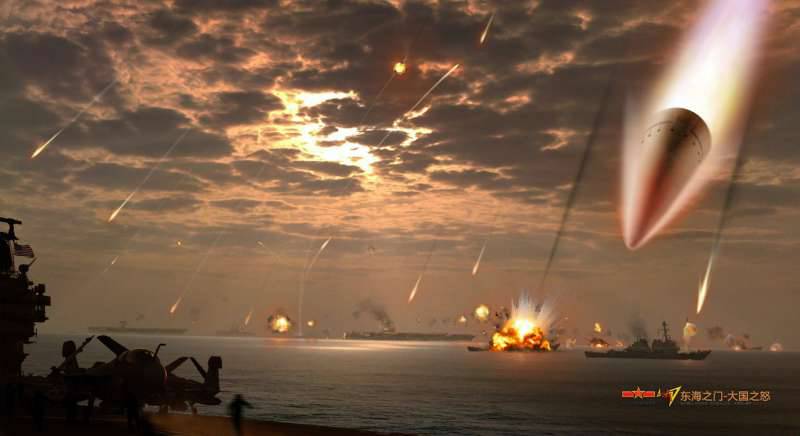
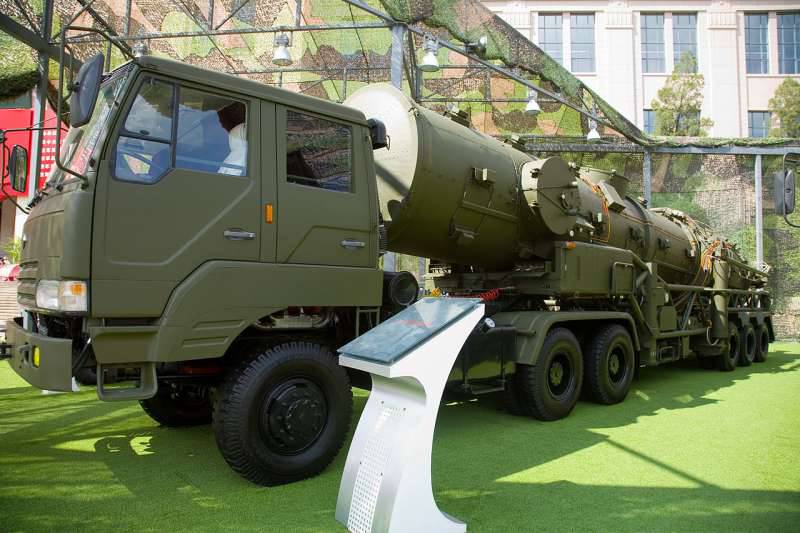
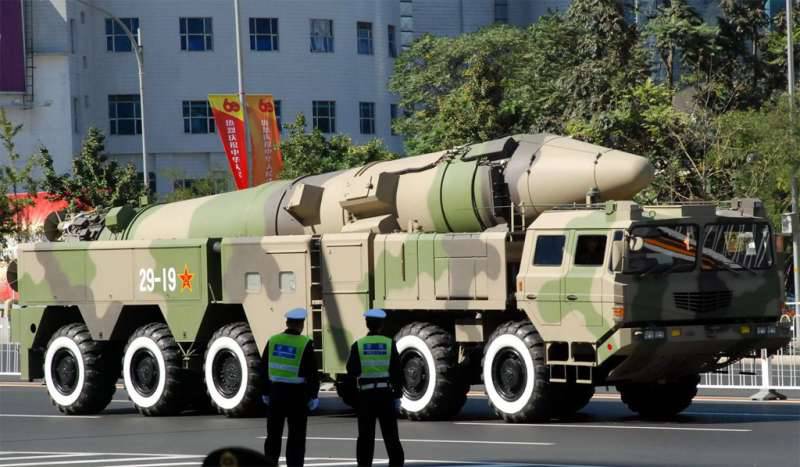
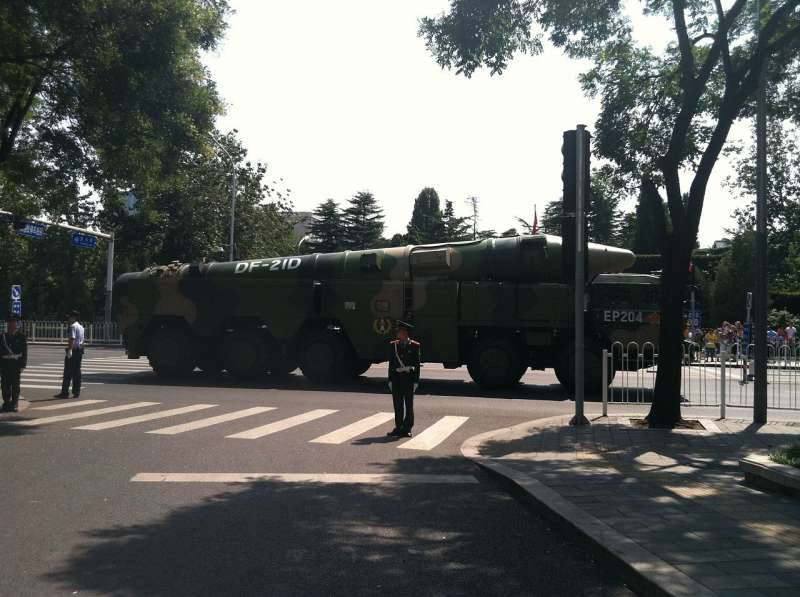
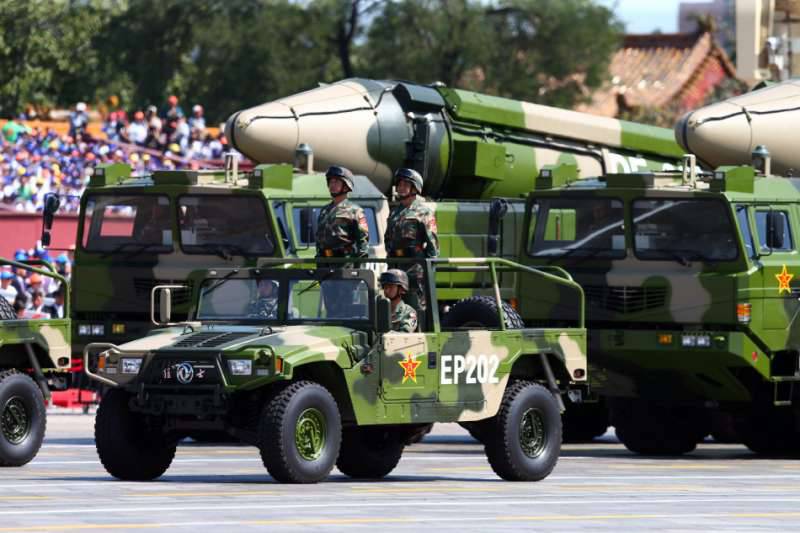
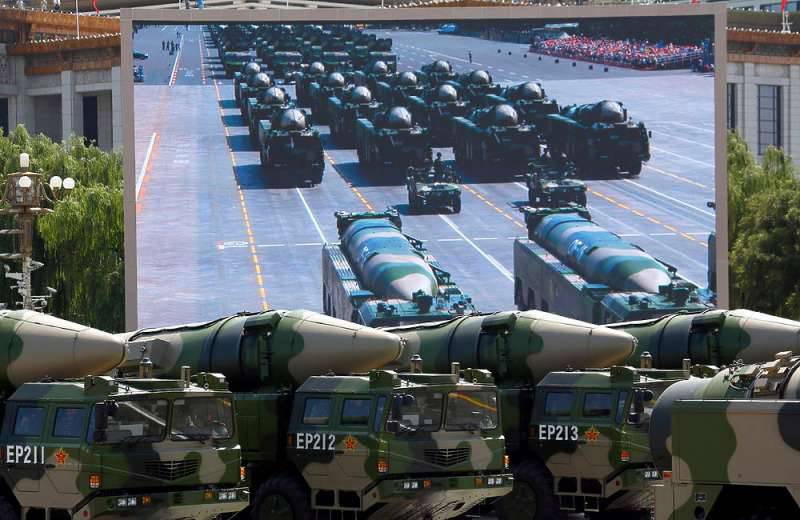
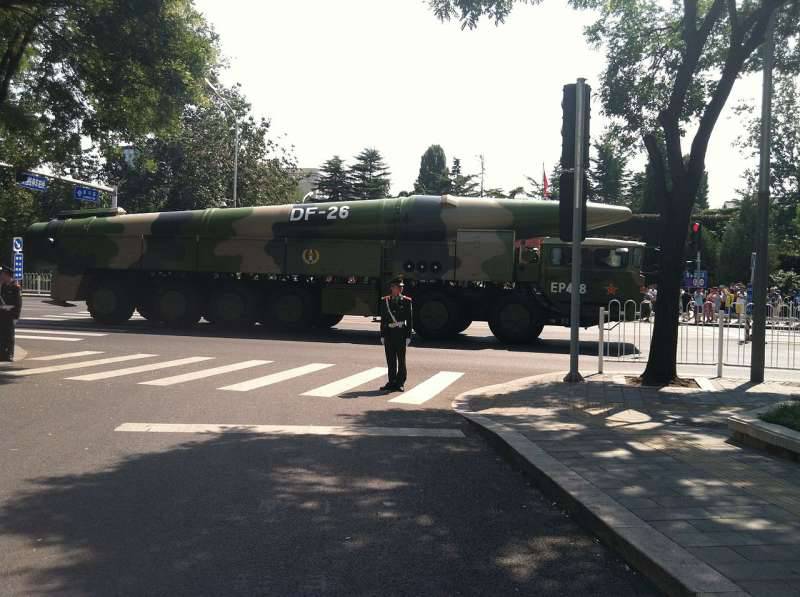
Information